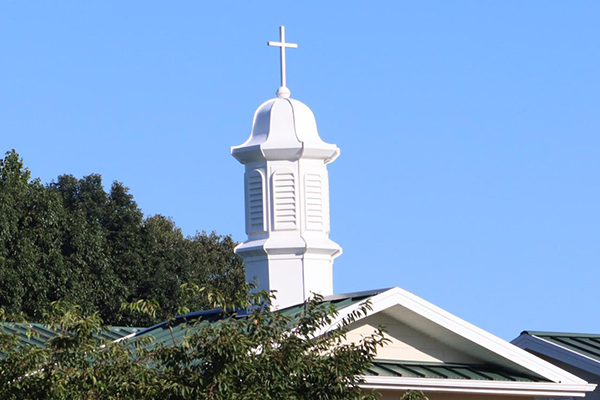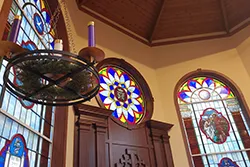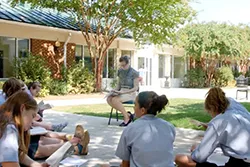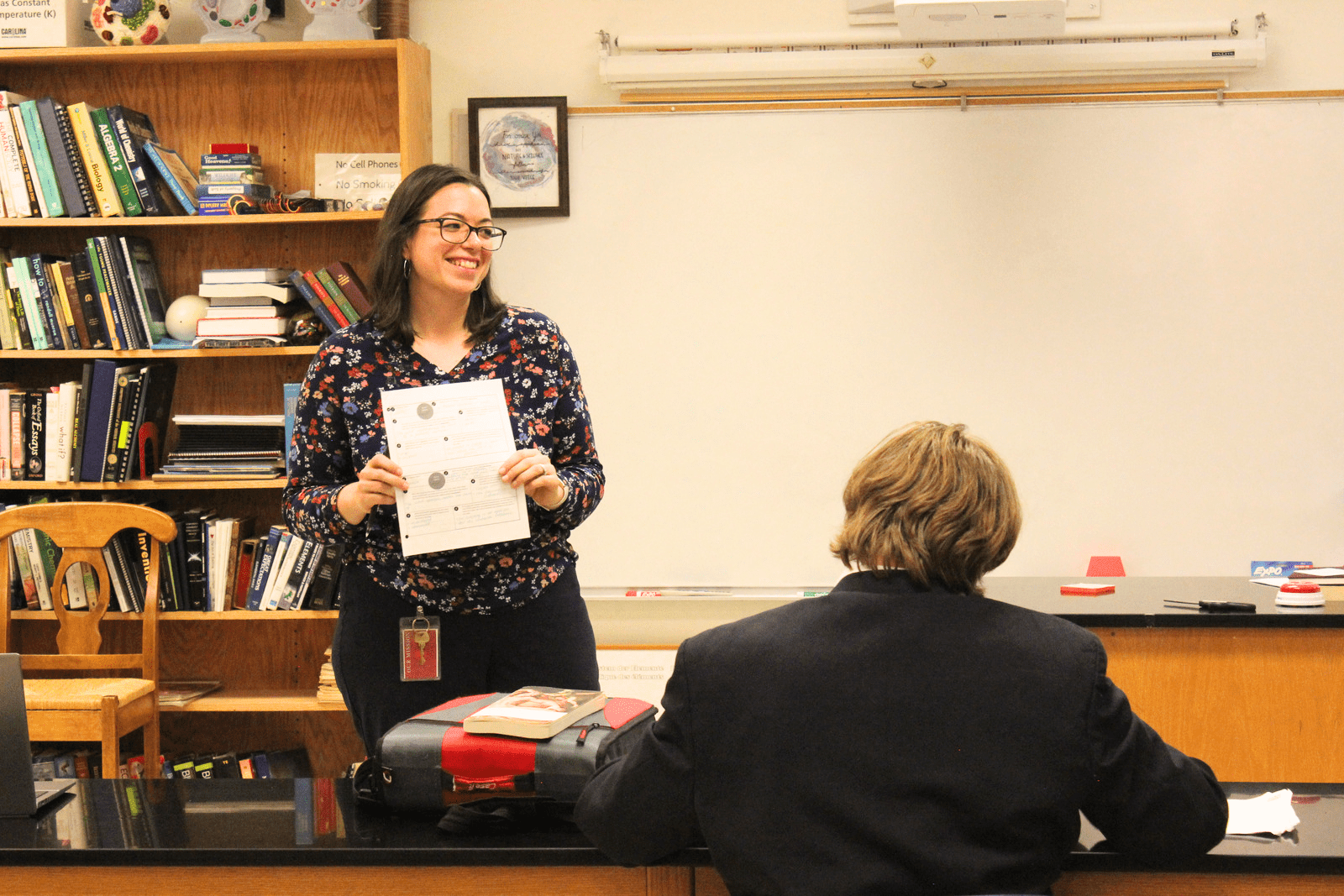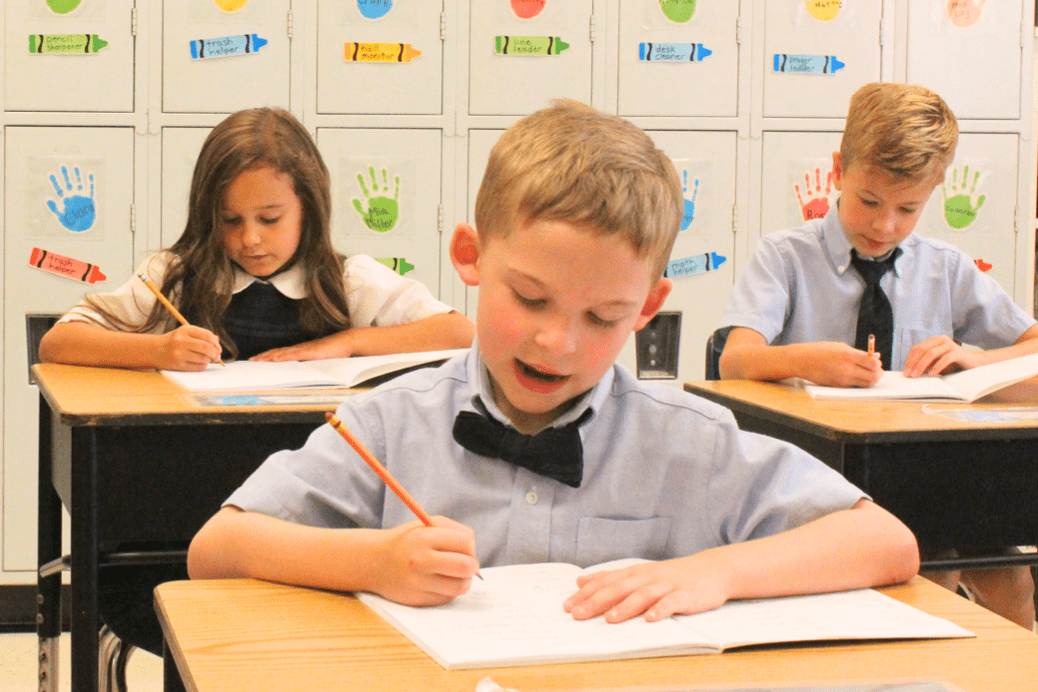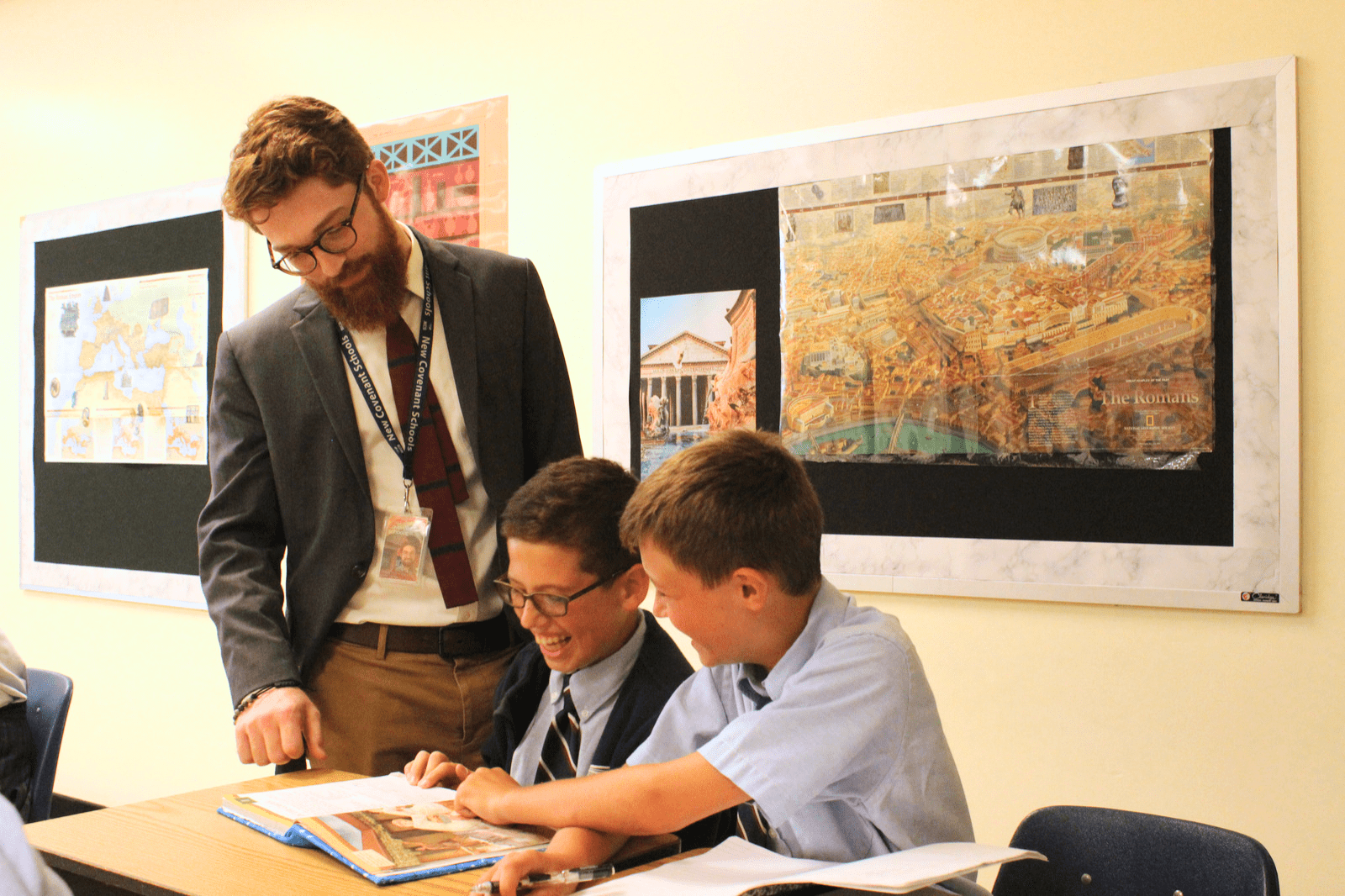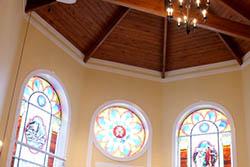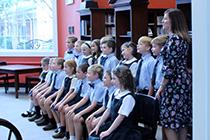Americans are noisy people. At least the rest of the world thinks we are. There is some research to support this, suggesting that Americans are loud because we occupy a larger personal space, due to the fact that our country is large and mostly uncrowded. When we travel, for example, to France or Germany, we are usually perceived as louder than anyone in a restaurant, and they are usually unaware of our noise-making. Second, Americans are individualists who are likely to act differently than, say, Asians, whose collectivist culture has the effect of muting the individual. Hence, an Asian is perceived as quieter.
I don’t know if the research stands up regarding Americans, but I do know that my students are noisy.  Just check the lunch room at 11:30 in the morning. But what does that have to do with school? Being loud and noisy suggests a lack of self-awareness and self-control. Unless we are at an athletic event or some other venue where noise is appropriate, we have to moderate our effect on others, and, like all other soft skills, moderation is one that has to be learned. Self-centeredness is promoted where clamor, talking over one another, and boisterous behaviors are permitted.
Just check the lunch room at 11:30 in the morning. But what does that have to do with school? Being loud and noisy suggests a lack of self-awareness and self-control. Unless we are at an athletic event or some other venue where noise is appropriate, we have to moderate our effect on others, and, like all other soft skills, moderation is one that has to be learned. Self-centeredness is promoted where clamor, talking over one another, and boisterous behaviors are permitted.
The virtues of self-control and its counterpart – reflection – however, are promoted through the spiritual discipline of prayer. That’s right. Teaching students to pray is involves settling a child’s spirit so that he is receptive to the Spirit. In his recent book, The Benedict Option, Rod Dreher emphasizes regular attention to prayer as a way of strengthening our students. In fact, he makes the notable observation that Classical, Christian schools such as New Covenant may provide the widest forum for spiritual formation and for building community.
As you might expect we have designed prayer into everything we do. As each year begins we hold a prayer service we call Convocation, in which we call the whole community to prayer for the school year. Every day begins with our faculty joining together at Matins, where we pray for your children by name. Each class and staff meeting begins with prayer, as do assemblies and other parent meetings. A group of moms meet every Monday for Moms-in-Touch for the singular purpose of prayer for out school community.
The most visible moment in the week, however, is the time that students spend together in chapel. Our teachers conduct the chapel times for our youngest students, but in the middle school, I take that role. Together, we work to cultivate reflection and reverence for the most important thing in our shared life, which is God himself. We are purposeful to “be still and know that I am God,” as well as to make a “joyful noise before the Lord.”
The chapel service we use comes from the Book of Common Prayer. “Common” does not mean ordinary; it means that our prayer is communal and shared. Morning Prayer is a very old liturgy, the whole of which is considered as a singular act of devotion. Because it is printed, we can pray together with one voice, just as we sing together with one voice. Like most things in school, it is the repetition over time, that makes an impact upon the student. After years of praying with classmates, a student will know by heart the confession, the Lord’s Prayer, the Jubilate Deo (Psalm 100), the Venite (Psalm 95-96), and, of course, our school song, the Non Nobis Domine (Psalm 115).
Thus, chapel is a deliberate suspension of the academic routine that provides space away from work so that we can be with God. That is what pure prayer is: being with God. How do we calm the noisy heart? By setting aside a time and place for a quiet mind.






